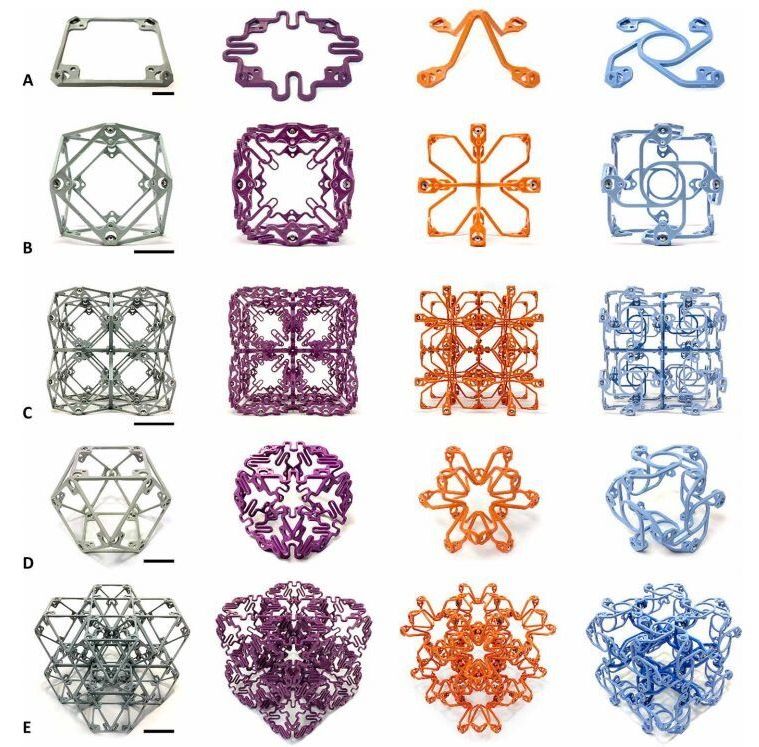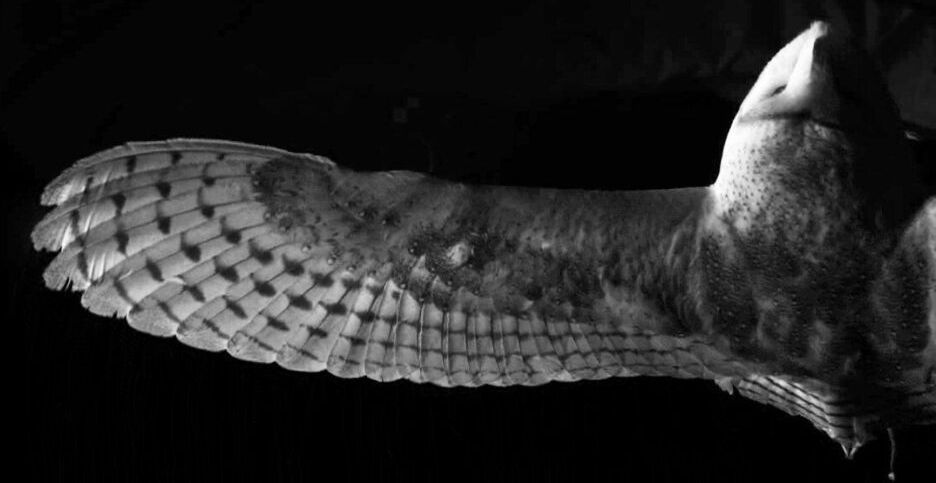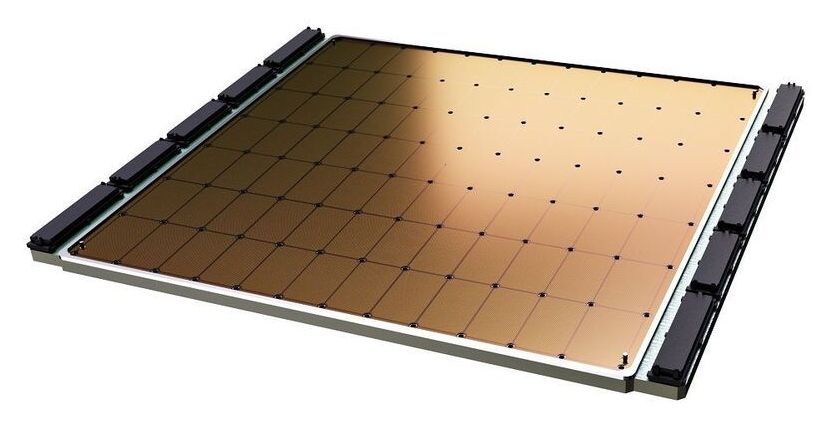With lithium-containing batteries facing constraints on many of the metals they contain, Nina Notman looks at whether its group 1 neighbour sodium can supply the answer.
The lithium-ion battery powers much of our modern lives, a fact reflected in this year’s Nobel prize. It resides in devices ranging from very small wearable electronics, through mobile phones and laptops, to electric vehicles and ‘the world’s biggest battery’ – the huge 100MW/129MWh Tesla battery installed on an Australian wind farm in 2017.
‘Lithium-ion has a massive span of applications,’ explains Jonathan Knott, an energy storage researcher at the University of Wollongong in Australia. ‘It is being used as a hammer to crack every nut and we need to start getting a little bit more sophisticated in the use of the best tool for the job.’









